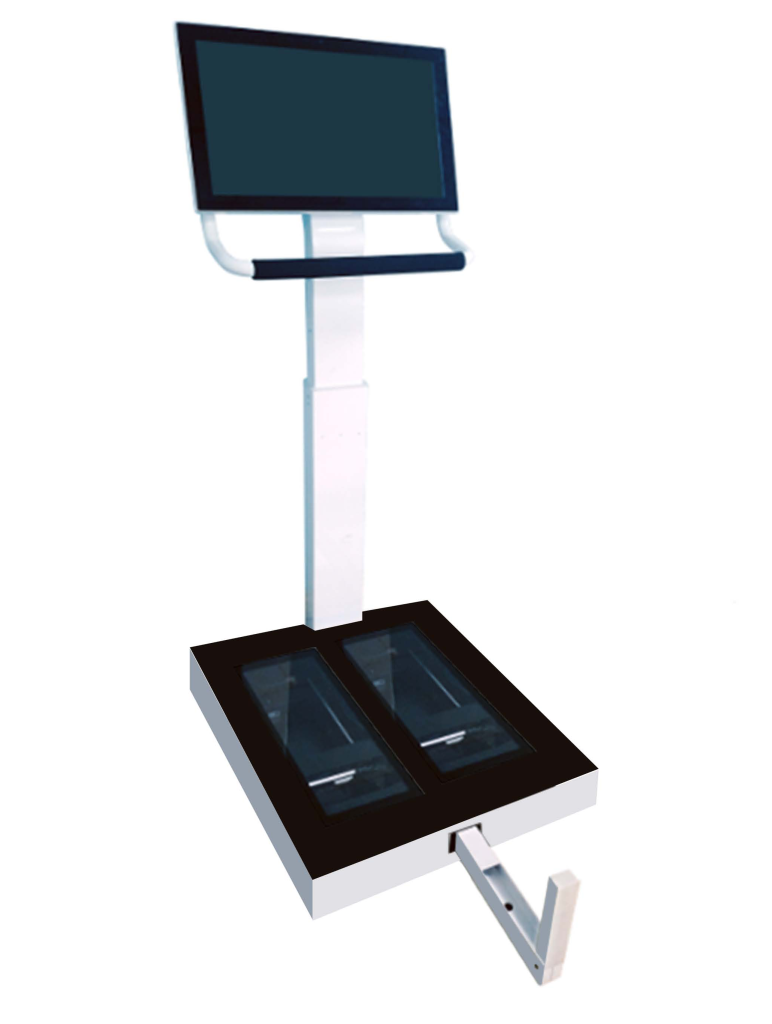Many people have this question: Why do I feel uncomfortable when I wear corrective insoles after buying them, and even feel more tired after walking for a long time?
In fact, the problem is often not the insoles themselves, but the lack of customized measurements. Everyone’s arch height, foot length, foot width, and force habits are different, and it is difficult for universal insoles to fit completely. At this time, the role of 3D plantar scanners is highlighted.
Today we will talk about how 3D plantar scanning technology is used in insole customization.
1. What is a 3D plantar scanner
A 3D plantar scanner is a high-precision measuring device that can obtain complete three-dimensional data of the sole within a few seconds, including arch height, heel position, foot shape contour, pressure distribution area, etc.
Through laser or structured light technology combined with image algorithms, the scanner can generate a visual 3D image of the user’s foot shape, providing an accurate basis for subsequent insole modeling.

2. Why foot scanning is crucial for customized insoles
Traditional insole selection often only refers to shoe size and arch type, and many details are ignored. The three-dimensional plantar scanning can bring the following advantages:
1 Accurately restore individual foot shape
The scanning results can show the asymmetric differences between the left and right feet, foot length, foot width, heel tilt angle and other information, providing a data basis for true personalized customization
2 Quickly generate correction plans
With the orthopedic software, it can quickly determine whether the foot has problems such as inversion, valgus, flat feet or high arches, and automatically recommend adaptation plans
3 Improve the fit of the insole
With an accurate three-dimensional map of the sole, the designed insole can fit the sole structure perfectly, providing more comfortable and more stable support
Three. Which groups are used
3D plantar scanners are currently widely used in the following scenarios:
Children’s foot development monitoring
Customization of insoles for patients with flat feet, high arches and plantar fasciitis
Auxiliary correction of foot bone deformation in the elderly
Foot structure analysis after athlete training
Pressure relief insole design for patients with diabetic foot
Whether it is medical correction, sports rehabilitation or daily protection, plantar scanning can provide accurate data support, so that the insole can be truly scientifically customized.
4. What is the customization process?
Generally speaking, the process of customizing insoles using a 3D foot scanner is as follows:
1 Foot scan to obtain 3D data
2 Data modeling to make adjustments based on foot disease assessment
3 Insole design to select support structure and material type
4 Production and processing to complete the finished product using CNC engraving or 3D printing
5 Trial and adjustment to fine-tune the structure after feedback to improve comfort
